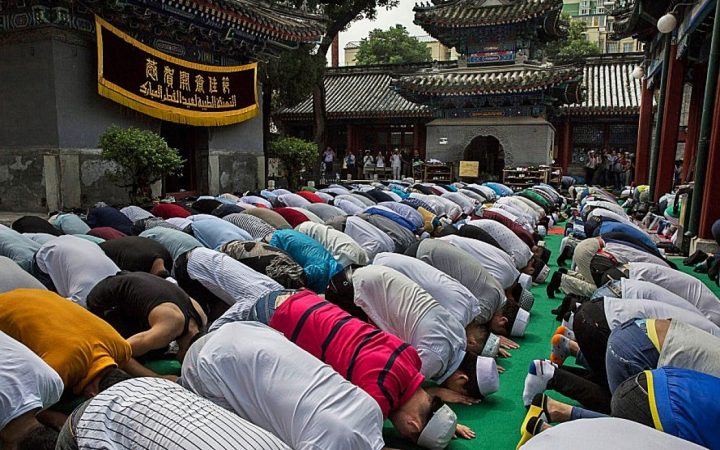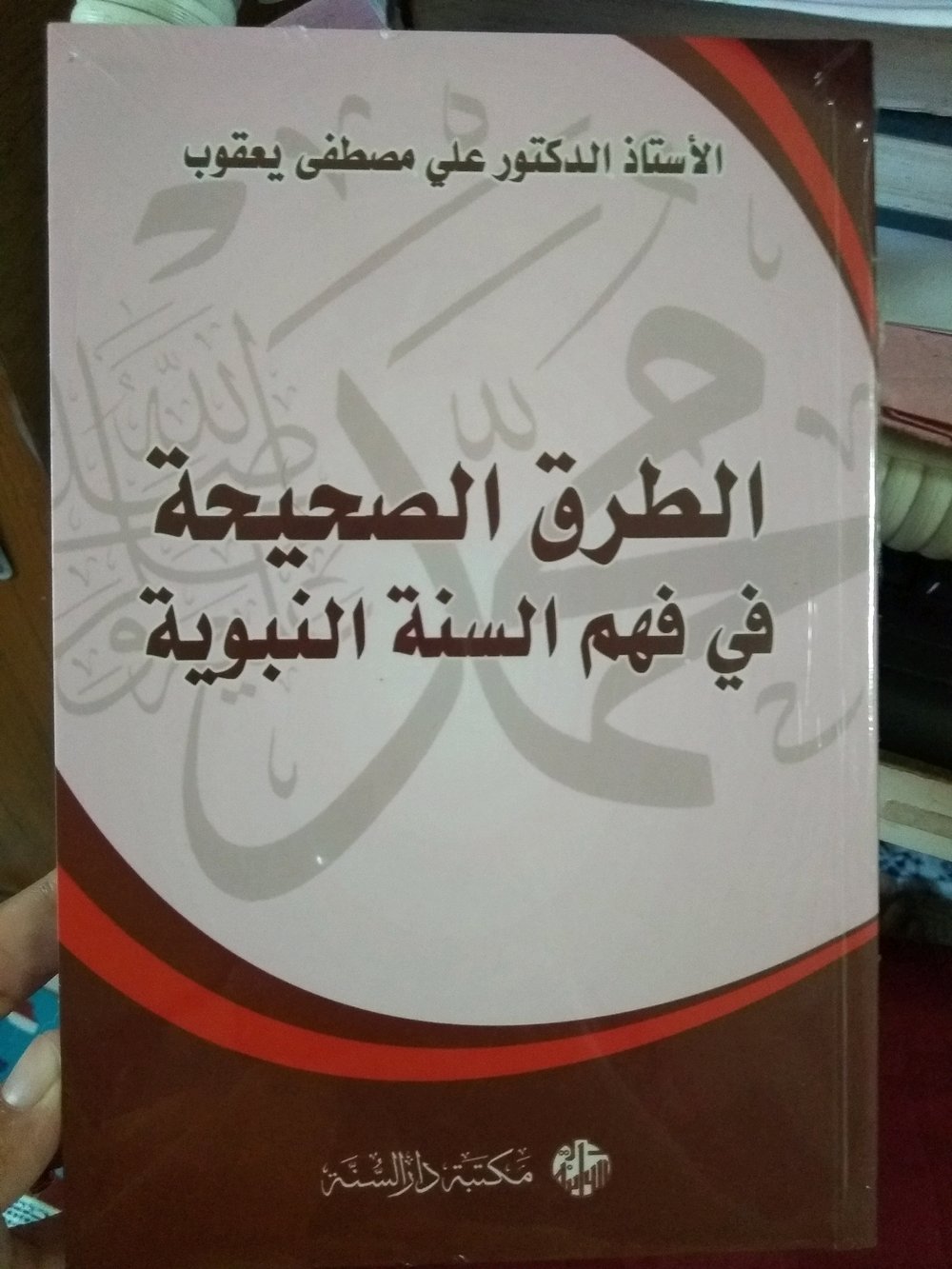Many have wondered: why the Prophet Muhammad (PBUH) said: “Seek knowledge even if you have to go as far as China.” This is a popular hadith and recently raises pros and cons among fellow Muslims. In one hand, for the pros, they argue that this is a proof Islam as an open religion and does not limit Muslims to study anywhere and learn from anyone. In other hand, for those disagree, they seem difficult to understand if the Prophet Muhammad recommended Muslims to study in “atheist-communist state” China.
I raised my eyebrows knowing such funny arguments exist.
In fact, China became a “communist state” only after 1947-1949, when Mao Zedong (Mao Tse Tung) under the Chinese Communist Party’s flag (established in 1921) succeeded in leading a political revolution which defeated the Kuomintang (Gomindang), the Chinese Nationalist Party, which had previously in power. Before that era, communism did not exist in China. So, there is no correlation between China and communism related to the hadith above.
Like other countries, China became the conquest arena of various groups. Various empires and dynasties alternately ruled China: Qing, Yuan, Ming, Song, Tang, Han, Qin, etc. Prophet Muhammad was born in Mecca in 570 AD and died in Medina in 632 AD. At the time of the Prophet Muhammad, China was under the Tang Dynasty which was later replaced by the Song Dynasty. During the Tang Dynasty (also Song), China reached a “Golden Age” period since it was advancing rapidly in various fields: education, art, literature, culture, politics-government, economics, technology, etc. The capital of the Tang Dynasty, Chang’an (now Xi’an), was transformed into a cosmopolitan city and became one of major civilizations at the time. Many great writers, scholars and scientists were born at this time. The founder of the Tang Dynasty, Emperor Gaozu and his successor to Emperor Taizong, was the key behind the advance and fame of this dynasty.
Long before Max Weber introduced the concept of “rational bureaucracy”, the Tang Dynasty had practiced it where government officials and institutions affiliated to government were recruited with a selection model based on capabilities, competencies and intellectual capacity, not feudal-primordial relations. The Tang Dynasty also promoted trade relations with Arabs, Persians, Moroccans and other North and West Africans via the Silk Road. At that time, the Tang Dynasty provided a special residential area, named Fan Fang, to accommodate traders and sailors from the Middle East and Africa.
Furthermore, the first contact between China and Islam had been take placed during the Tang Dynasty. Although the Prophet Muhammad had never gone to China, but the fame and progress of China had been heard to various Arab regions brought by these traders and sailors. Jeddah, located in the Mecca region, was the center of trade and shipping on the Arabian Peninsula. So, the hadith that prophet Muhammad instructs Muslims to study even though it reaches China (Arabic: Shin) provides indication of the relationship between Arabia and China. Later, a great companion of the Prophet Muhammad, Caliph Usman bin Affan, appointed Sa’d bin Abi Waqash to lead a delegation of Muslims to China to build relationship with the Tang Dynasty. In addition, Sa’d bin Abi Waqash was dead and buried in China and his grave is still crowded by many Muslims to pray for him.
Therefore, it is not surprising that China is one of the very old “house of Muslim”. The Chinese Annals from the Tang Dynasty (618-960) mentions Muslim communities in Canton, Zhangzhouw (Chang-Chou), Quanzhou (Ch’uan-Chou) and other South China coastlines. The inevitable historical evidence of Islam in those areas are the existence of two old mosques in Canton (Kwang Tah Se Mosque = “Magnificent Tower Mosque” and Chee Lin Se Mosque = “One Horned Mosque”), which, according to some historians of Chinese studies such as the Lo Hsiang Ling, Ibrahim Tien Ying Ma, Broomhall, etc., is the second oldest mosque in the world after the Nabawi Mosque which was founded by the Prophet Muhammad in Medina. The Kwang Ta Se Mosque in Canton is even said to be the first mosque built outside the Arab region! Subhanallah…
![Islami[dot]co](https://en.islami.co/wp-content/themes/jambualas/images/logo.png)










